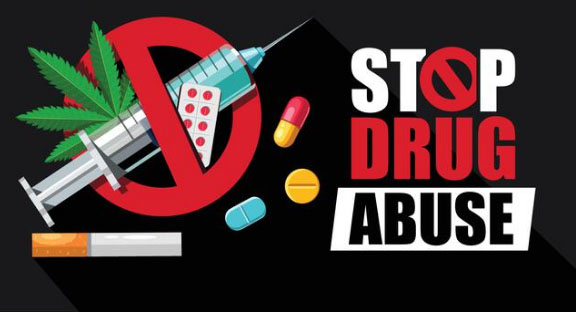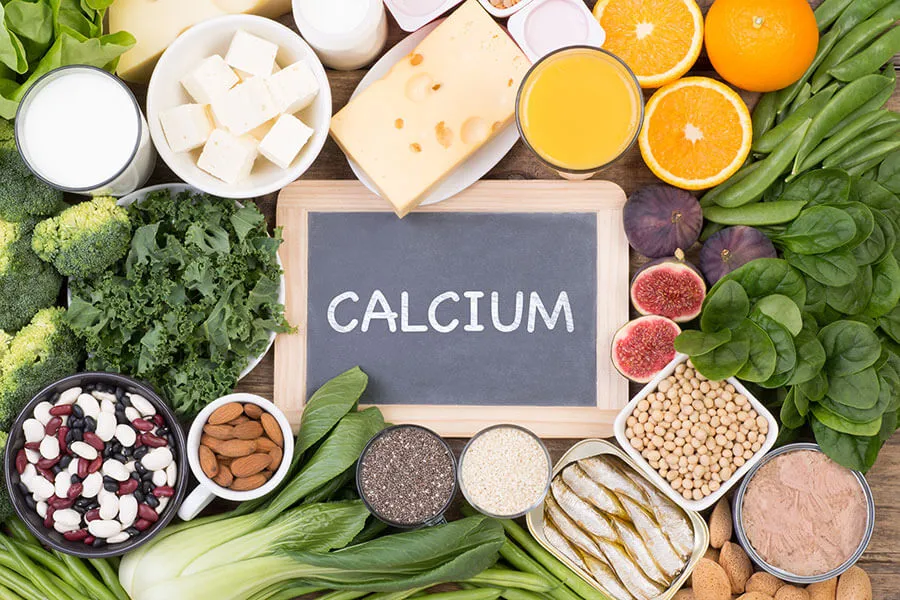Introduction
Illegal drugs—also referred to as illicit substances—are those whose production, possession, or use is prohibited by law. Common categories include stimulants (e.g., cocaine), depressants (e.g., heroin), hallucinogens (e.g., LSD), dissociatives (e.g., PCP), and synthetic drugs (e.g., methamphetamine, MDMA).
These substances may provide temporary euphoria or altered perception, but they pose significant short- and long-term risks to individuals and society. This article explores the physiological, psychological, and social impacts of illegal drug use and offers insight into the public health challenges they create.
1. Categories of Illegal Drugs and Their Effects
A. Stimulants
Examples: Cocaine, Methamphetamine, MDMA (Ecstasy)
These drugs increase central nervous system activity, elevating mood, energy, and alertness.
Short-Term Effects:
- Elevated heart rate and blood pressure
- Increased body temperature
- Euphoria, hyperactivity
- Loss of appetite
Long-Term Effects:
- Heart damage, stroke, seizures
- Cognitive decline and memory issues
- Psychosis and aggressive behavior
- Severe dental problems (“meth mouth”)
B. Depressants (Opioids)
Examples: Heroin, Fentanyl, Opium, Non-prescribed painkillers
These suppress brain activity, providing pain relief and sedation.
Short-Term Effects:
- Intense euphoria
- Slowed breathing and heart rate
- Constricted pupils
Long-Term Effects:
- Physical dependence and tolerance
- Respiratory failure
- Increased risk of overdose
- Injection-related diseases (e.g., HIV, hepatitis)
C. Hallucinogens
Examples: LSD, Psilocybin (magic mushrooms), Mescaline
These alter perception, mood, and cognitive processes.
Short-Term Effects:
- Visual and auditory hallucinations
- Altered time perception
- Intense emotional swings
Long-Term Effects:
- Persistent psychosis
- Hallucinogen Persisting Perception Disorder (HPPD)
- Accidental injury due to impaired judgment
D. Dissociatives
Examples: PCP, Ketamine, DXM (in high doses)
These create detachment from reality and surroundings.
Effects:
- Distorted sensory perception
- Numbness, hallucinations
- Violent or erratic behavior (especially with PCP)
- Memory loss and cognitive deficits with long-term use
E. Synthetic Drugs
Examples: Synthetic cannabinoids (Spice), synthetic cathinones (bath salts)
These are chemically altered versions of existing drugs, often with unpredictable effects.
Risks:
- High toxicity and unknown ingredients
- Extreme agitation, paranoia
- Seizures, cardiac arrest, or death
2. Physical Health Consequences
- Cardiovascular damage: Many illegal drugs increase strain on the heart.
- Neurological damage: Stroke, seizures, and permanent brain damage are possible.
- Liver and kidney failure: Common in chronic use and overdose cases.
- Respiratory issues: Especially from smoked drugs or opioid overdose.
- Infectious diseases: Shared needles spread HIV/AIDS, hepatitis B/C.
3. Psychological and Cognitive Impact
- Addiction and dependency: Altered dopamine pathways cause compulsive drug-seeking behavior.
- Depression and anxiety: Common post-use or during withdrawal.
- Paranoia and psychosis: Especially with stimulants and hallucinogens.
- Suicidal ideation: High among chronic users.
4. Social and Economic Impact
- Crime and violence: Many users engage in illegal activity to sustain their addiction.
- Unemployment and homelessness: Substance abuse affects job retention and housing stability.
- Family disruption: Neglect, abuse, and breakdown in family structures are frequent.
- Healthcare costs: Billions are spent annually on treatment, emergency care, and law enforcement.
5. Risk of Overdose
Overdose is a major cause of death, especially with opioids and synthetic drugs.
⚠️ Signs of Overdose:
- Loss of consciousness or coma
- Shallow or stopped breathing
- Blue lips or fingertips
- Seizures
- Irregular heartbeat
Emergency response: Immediate medical attention is critical. Naloxone (Narcan) can reverse opioid overdose if administered in time.
6. Withdrawal and Detoxification
Many drugs lead to intense withdrawal symptoms when discontinued.
| Drug Type | Common Withdrawal Symptoms |
|---|---|
| Opioids | Nausea, vomiting, muscle pain, insomnia |
| Stimulants | Fatigue, depression, suicidal thoughts |
| Depressants | Seizures, tremors, anxiety, hallucinations |
| Cannabis | Irritability, sleep difficulty, cravings |
Detox should always be medically supervised, especially for benzodiazepines and alcohol, where withdrawal can be fatal.
7. Prevention and Treatment
🛡️ Prevention Strategies:
- Early education and intervention (schools, communities)
- Restriction of supply and law enforcement
- Awareness campaigns on social media and public spaces
🩺 Treatment Approaches:
- Behavioral Therapy: CBT, contingency management
- Medication-Assisted Treatment (MAT): e.g., methadone, buprenorphine for opioid use disorder
- Rehabilitation Programs: Inpatient and outpatient
- Support Groups: Narcotics Anonymous, peer counseling
Conclusion
Illegal drugs offer no safe or sustainable path. While they may provide temporary psychological relief or euphoria, the long-term consequences include addiction, serious health deterioration, mental illness, and social disruption. Combating illegal drug use requires an integrated approach involving education, healthcare, law enforcement, and community support.
Breaking the cycle of addiction is challenging—but recovery is possible with the right resources and support systems.






 then choose "Install".
then choose "Install".